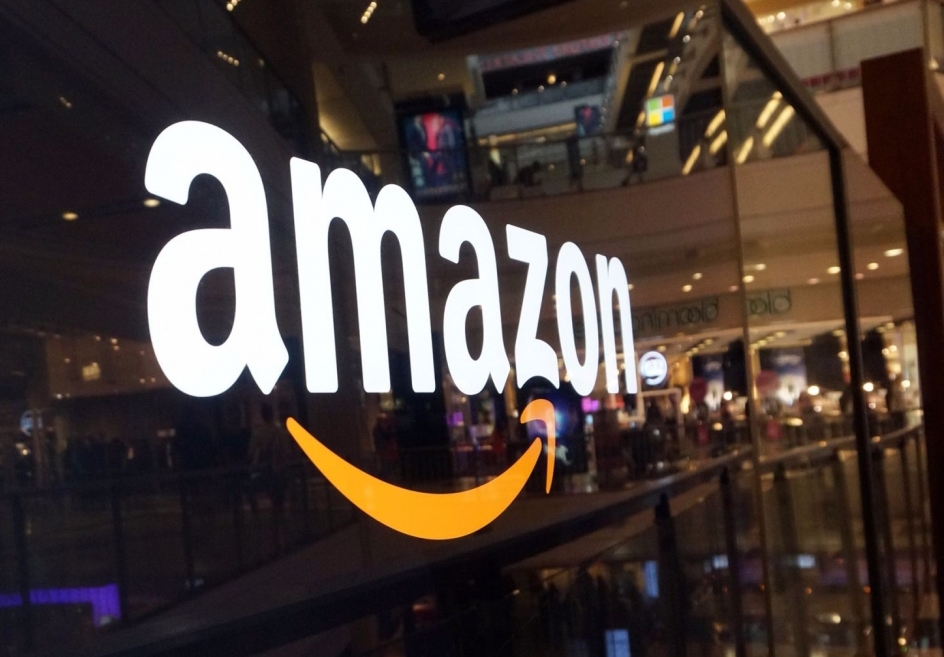by Chuck Carnevale, F.A.S.T. Graphs
Introduction
Amazon: the Valuation Dark Side
It is no secret that Amazon (AMZN) has been a disruptive force, especially relating to the retail sector. On the other hand, the company is also an enigma to the value focused fundamental investor such as yours truly. Over its entire operating history as a publicly traded company, Amazon has commanded what can only be called stratospheric earnings multiples (P/E ratios). Whether you’re looking at trailing twelve month (ttm) earnings, forward earnings or a blend of the two, Amazon’s P/E ratio is typically reported at more than 100 times earnings.
This seems bizarre because from a profitability point of view, Amazon looks like a real dud. Their gross profit margins have historically come in above 20%, and for 2016 their gross profit margin exceeded 35%. However, net profit margins are a different story entirely. When they do generate a net profit margin, which they only occasionally do, it is typically razor thin. Furthermore, Amazon has often generated large negative net profit margins. Therefore, the primary reason why their P/E ratios are so high is because they produce very little in the way of earnings (E).
Amazon: The Fairly Valued Perspective
On the other hand, Amazon’s revenue growth has been nothing short of extraordinary. The same can be said for Amazon’s prodigious operating cash flow growth, and the company does report a lot of free cash flow, although there is some controversy related to how Amazon reports free cash flow. Here is an article written by Seeking Alpha author who goes by Slim Shady that debates the authenticity of how Amazon reports free cash flow.
Nevertheless, even though the company generates significant cash flows, its record of returning cash to investors would have to be given a resounding F or failing grade. Amazon is a growth stock, and as such, pays no dividend so there is no cash returned in this traditional sense. Additionally, Amazon does not buy back shares; instead, they have increased their share count by approximately 5% per annum since 1996.
However, the point that Amazon is a growth stock should not be taken lightly. A true growth stock like Amazon requires capital investment to fund their growth. Therefore, it’s quite typical that a growth stock does not pay a dividend. Instead of paying a dividend, growth stocks like Amazon utilize every bit of capital at their disposal to continue funding future growth. This also speaks to the reason why Amazon raises capital by issuing additional shares. As an aside, Amazon also generously utilizes their shares to compensate employees of the company. Nevertheless, as far as growth stocks go, Amazon, led by Jeff Bezos, could arguably be called the most growth hungry company in history.
But perhaps most importantly as it relates to this article, this growth hungry corporate culture speaks to Amazon’s lack of profitability. Jeff Bezos has clearly been content and willing to forgo profits in favor of achieving rapid growth. Nevertheless, even though Amazon is light on profitability, the company’s revenue and reported operating cash flow growth have indisputably created enormous shareholder value. Consequently, I suggest that Amazon actually appears fairly valued when shares are viewed from the perspective of operating cash flow and operating cash flow growth.
In conducting research for this article I came across the following article published on September 9, 2014 by Benedict Evans titled “Why Amazon Has No Profits (And Why It Works).
I believe the following excerpt nicely summarizes the Amazon growth story:
“Amazon has perhaps 1% of the US retail market by value. Should it stop entering new categories and markets and instead take profit, and by extension leave those segments and markets for other companies? Or should it keep investing to sweep them into the platform? Jeff Bezos’s view is pretty clear: keep investing, because to take profit out of the business would be to waste the opportunity. He seems very happy to keep seizing new opportunities, creating new businesses, and using every last penny to do it.
Still, investors put their money into companies, Amazon and any other, with the expectation that at some point they will get cash out. With Amazon, Bezos is deferring that profit-producing, investor-rewarding day almost indefinitely into the future. This prompts the suggestion that Amazon is the world’s biggest ‘lifestyle business’ – Bezos is running it for fun, not to deliver economic returns to shareholders, at least not any time soon.
But while he certainly does seem to be having fun, he is also building a company, with all the cash he can get his hands on, to capture a larger and larger share of the future of commerce. When you buy Amazon stock (the main currency with which Amazon employees are paid, incidentally), you are buying a bet that he can convert a huge portion of all commerce to flow through the Amazon machine. The question to ask isn’t whether Amazon is some profitless Ponzi scheme, but whether you believe Bezos can capture the future. That, and how long are you willing to wait?”
Video: F.A.S.T. Graphs™ Analysis of Amazon’s Fair Valuation Via Operating Cash Flow
The following video takes a fundamental look at how the market has historically valued Amazon. When you look at the company from the perspective of earnings, Amazon looks extremely overvalued. However, when viewed from the perspective of operating cash flow, Amazon looks fairly valued. But most importantly, I believe this video indisputably illustrates that the market has historically valued Amazon based on its prodigious operating cash flow generation.
Summary and Conclusions
I feel safe in saying that Amazon is a very controversial stock and company. As a result, it has many detractors and many advocates. But regardless of which side you are on, its historical performance has been indisputably awesome. Perhaps what I find most interesting about this company is how it has achieved what it has by being willing to step out of the box. Historically, Amazon has not been an especially profitable company. On the other hand, it has generated extremely high revenue and operating cash flow growth. So far, the market has been willing to give it a pass on earnings. Unfortunately, I have never owned the stock but find myself wishing that I had.
Nevertheless, I think it’s only fair to offer some caution. Before an investor makes a buy, sell or hold decision on Amazon, they should at least consider whether the market will be willing to continue to overlook their lack of profitability. So far so good, caveat emptor.
Disclosure: No positions.
Disclaimer: The opinions in this document are for informational and educational purposes only and should not be construed as a recommendation to buy or sell the stocks mentioned or to solicit transactions or clients. Past performance of the companies discussed may not continue and the companies may not achieve the earnings growth as predicted. The information in this document is believed to be accurate, but under no circumstances should a person act upon the information contained within. We do not recommend that anyone act upon any investment information without first consulting an investment advisor as to the suitability of such investments for his specific situation.
Copyright © F.A.S.T. Graphs















